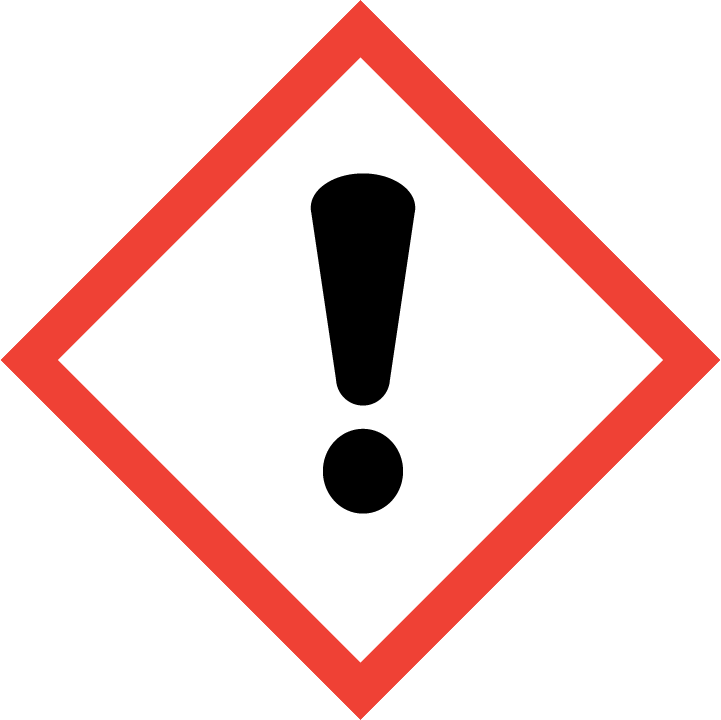| Chemical Name: | Silane, (1,1-dimethylethyl)(4-iodobutoxy)dimethyl- |
| CAS Number: | 92511-12-1 |
| Product Number: | AG003ULH(AGN-PC-0L7YOU) |
| Synonyms: | |
| MDL No: | |
| Molecular Formula: | C10H23IOSi |
| Molecular Weight: | 314.2790 |

tert-Butyl(4-iodobutoxy)dimethylsilane is a highly versatile chemical reagent commonly used in modern organic synthesis. Its unique structure allows for the introduction of both tert-butyl and iodobutoxy functional groups onto a silicon atom, providing a wide range of synthetic possibilities.Due to its bulky tert-butyl group, tert-Butyl(4-iodobutoxy)dimethylsilane is often employed as a sterically hindered nucleophile in various reactions. It can participate in nucleophilic substitution reactions, such as SN2 reactions, with electrophiles to introduce the 4-iodobutoxy moiety into organic molecules. This can be particularly useful in the synthesis of complex organic molecules where precise control over regioselectivity and stereoselectivity is required.Additionally, the dimethylsilane moiety in tert-Butyl(4-iodobutoxy)dimethylsilane can serve as a protecting group for alcohols, amines, or carboxylic acids in organic synthesis. By selectively protecting certain functional groups, chemists can control the reactivity of a molecule and direct reactions to specific sites, enabling the synthesis of intricate molecular structures.In summary, tert-Butyl(4-iodobutoxy)dimethylsilane plays a crucial role in chemical synthesis by serving as a versatile reagent for introducing functional groups and as a protecting group for key functional groups in organic molecules. Its unique structure and reactivity make it an invaluable tool for preparing a diverse array of organic compounds with tailored properties.